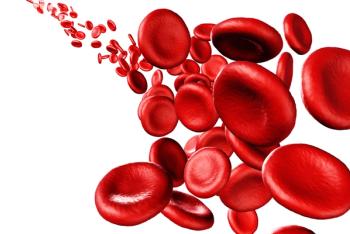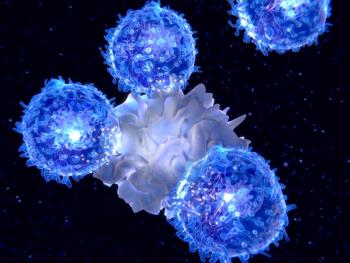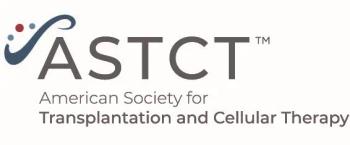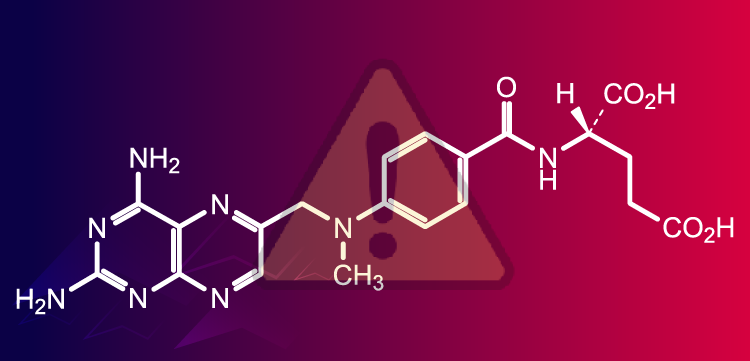
Oncology NEWS International
- Oncology NEWS International Vol 8 No 2
- Volume 8
- Issue 2
G-CSF in Older AML PatientsShould Be Based on Clinical Judgment, Not Cost Effectiveness
CHICAGO-A cost analysis of the use of G-CSF (Neupogen) in elderly patients undergoing intensive chemotherapy for acute myelogenous leukemia (AML) showed the agent to be almost cost neutral, Tammy J. Stinson, MS, said at a poster session of the American Society of Hematology annual meeting.
CHICAGOA cost analysis of the use of G-CSF (Neupogen) in elderly patients undergoing intensive chemotherapy for acute myelogenous leukemia (AML) showed the agent to be almost cost neutral, Tammy J. Stinson, MS, said at a poster session of the American Society of Hematology annual meeting.
Although G-CSF use reduced the need for IV antibiotics in this study, the savings did not quite offset the costs of the agent.
Ms. Stinson, project manager and research analyst at VA Chicago Healthcare Systems-Lakeside, reported the results for her colleagues from Northwestern University, Loyola University, and Lakeside and Hines VA Medical Centers, and the Fred Hutchinson Cancer Research Center, Seattle.
Phase III Trial Data Used
Clinical data for the analysis were based on phase III trial information from 207 AML patients, age 56 and older, who were randomly assigned to one of two intensive remission induction treatment arms: cytarabine and daunorubicin (Cerubidine) plus placebo, or cytarabine and daunorubicin plus G-CSF.
Cost estimates were based on detailed financial accounts of charges for older patients treated in a similar, previously published AML trial. A decision analysis model was used, with development of serious infection after induction therapy as the key clinical outcome.
Daily Cost Analysis
Daily cost estimates were developed for two eventualities: treatment of an infection that required IV antibiotic therapy ($1,840/day) and time without an infection ($1,370/day). The higher daily cost for treatment of an infection reflected the additional use of antibiotics, laboratory tests, radiographs, cultures, and nursing and professional time, she said.
Total costs in each arm of the study were estimated by adding median days on IV antibiotics (multiplied by $1,840) and median days not on IV antibiotics (multiplied by $1,370). Cost profiles of patients in the G-CSF arm included the additional cost of the G-CSF ($200/day).
Clinical Outcomes
Clinical outcomes had been reported previously (Godwin et al: Blood 9:3607-3615, 1998). No significant differences were found between the two arms, Ms. Stinson said, including complete response rate; survival; median number of days of hospitalization; and percent of patients with culture-confirmed infections, fungal infections, pneumonia, positive blood cultures, or fatal infections.
However, Ms. Stinson pointed out, among the G-CSF recipients, there was a significant reduction in the duration of neutropenia (24 vs 27 days, P = .014) and days with an active infection requiring IV antibiotics (22 vs 26, P < .053).
Despite the fact that there was somewhat lessening of neutropenia in the G-CSF arm, the costs are essentially equivalent in each arm, Ms. Stinson said.
Estimated Overall Costs
Estimated overall costs were $51,950 for the placebo group and $52,070 for the G-CSF group. Therefore, the estimated $1,880 savings that might have resulted from the use of G-CSF was offset by the cost of the drug ($2,000 for 10 days of G-CSF).
The investigators estimates were sensitive to the number of days with an active infection and the cost per hospitalized day. Sensitivity analyses revealed that the difference in the number of days with an active infection requiring IV antibiotics would need to be more than 6 days to be cost saving for G-CSF use. Alternatively, a break-even analysis indicated that G-CSF use would be cost neutral at a daily cost of $188.
Whether or not to use G-CSF in this subset of patients is best left to clinical judgment, Ms. Stinson concluded. Its unlikely that your overall costs will be higher or lower with G-CSF, based on these trial results.
Articles in this issue
almost 27 years ago
Paclitaxel Plus Mitoxantrone for Poor-Prognosis Breast Canceralmost 27 years ago
Faslodex, Pure Antiestrogen, Studied in Tamoxifen-Resistant Breast Canceralmost 27 years ago
LHRH Agonist Plus Tamoxifen Improves Outcome in Young Metastatic Patientsalmost 27 years ago
Pros and Cons of Different Approaches to Chemoradiationalmost 27 years ago
Less Cardiotoxicity With Liposomal Doxorubicinalmost 27 years ago
Optimizing Docetaxel Tolerability in Anthracycline-Resistant Breast Canceralmost 27 years ago
Doxorubicin Appears to Change Natural History of HER-2+ Cancer’salmost 27 years ago
Tamoxifen After Surgery/RT Decreases Local Recurrence Risk in DCIS PatientsNewsletter
Stay up to date on recent advances in the multidisciplinary approach to cancer.

















































































